The global hospitality industry has had its fair share of large-scale disruptions since COVID-19 first struck, and the hotel sector faces an uncharted recovery period ahead. Hoteliers can gain ground by using agile, accurate, and holistic revenue forecasting.
Modern Tools for Modern Challenges
Are you using outdated technology at your hotel? Advanced, cloud-based solutions will help fulfil your security, connectivity, accessibility, and monetary needs. Using accurate, real-time projections to look at actual occupancy and space utilisation means hoteliers can be more efficient by avoiding displacement and better managing their purchasing decisions.
Uniform forecasting across all departments drives consistency. When you have a baseline to work with, you can be more flexible. By having a gold standard, you can move quickly and adapt effectively.
Proactive Recovery
To be proactive, hotels should plan for different scenarios of recovery. What will room nights and average daily rates look like for a slow-paced recovery? How about a moderate, or ideally, best-case scenario?
Proactive recovery is not just forecasting for room nights but rather forecasting across all revenue streams to get the holistic picture. It may mean maximising income and cash flow and determining areas to cut purchasing or decrease staffing levels when needed. Revenue forecasting can help you think more critically about closing hotels temporarily, scaling back operations, or even facing foreclosure.
As the industry moves into recovery, you need to be proactive and head-on with total revenue forecasting by looking into untapped opportunities beyond room nights. These include food & beverage sales, meetings & events, and miscellaneous revenue streams. To do this, use metrics that can track everything holistically.
Agile Forecasting
Don’t mistake agility for automation. Agile forecasting needs to efficiently and continuously forecast to adapt to market changes, and the rest is in your hands. This means looking at managing, and creating, demand both quickly and holistically.
Hotel brands and property-level hoteliers should meet for weekly or daily updates to understand shifts. From a bird’s-eye view, corporate hotel brands won’t always know what’s going on at the property. Sales and revenue managers on the ground should be upfront and realistic about what’s happening, and brand leaders should be understanding of those challenges.
Data needs to have the fine balance of being simple enough to read without looking so convoluted you forget there are real people and processes behind the data.
While you need to look at the numbers, you don’t want to fall into analysis paralysis. Agile forecasting is only agile if you are, too. That’s why you need to make sure you’re using modern processes and advanced tools to give you the data you need because you need it now.
Consolidating Data & Optimising Channels
Beyond forecasting, you should also consolidate data by gathering information across all revenue streams to give a more accurate picture of how much a guest is spending on the property. Besides the nightly room rate, what are they spending on food & beverage, spa services, retail, and other miscellaneous upsells?
If you’re a branded hotel, you can use all the tools available to you by using those commercial insights with property-specific tactics. If you’re an independent hotel manager, however, you’re running your own show. So while you don’t have those branded tools, you can react quicker—and no one knows your market better than you.
Whether you’re branded or independent, use insight tools from all available revenue streams. Look at:
- Who is booking from your direct website?
- Who is booking using an online travel agency (OTA)?
- Who is using a personal travel agent?
The same person could use all three tools, so ensure guest profiles are consolidated. Then use those insight tools from the OTA and your website while having a friendly chat with the travel agent. Agents can provide you with insight about guests—or potential guests—far beyond the hard data.
Finding Certainty in the Uncertain
You can’t control what happens next, but you can control how you react to it by forecasting quickly and holistically. From the revenue manager to the marketing team, to the sales leader and everyone who can pitch in, it’s imperative to rely on tactics other than intuition, guesstimates, and chalking it up to uncertain markets. It’s time to use data-driven strategies to drive higher profitability to understand and even predict where demand is going.
Free Report: Revenue Management Outlook Survey Results 2022
Numbers tell a story, so remember that guests are part of your hotel’s tale. Use all the tools you have available to gain accurate, realistic, and most importantly, agile and holistic, data-driven insights. When you have all the information you need, you can chart your next roadmap with confidence.
More Tips to Grow Your Business
Revfine.com is the leading knowledge platform for the hospitality and travel industry. Professionals use our insights, strategies, and actionable tips to get inspired, optimize revenue, innovate processes, and improve customer experience.Explore expert advice on management, marketing, revenue management, operations, software, and technology in our dedicated Hotel, Hospitality, and Travel & Tourism categories.

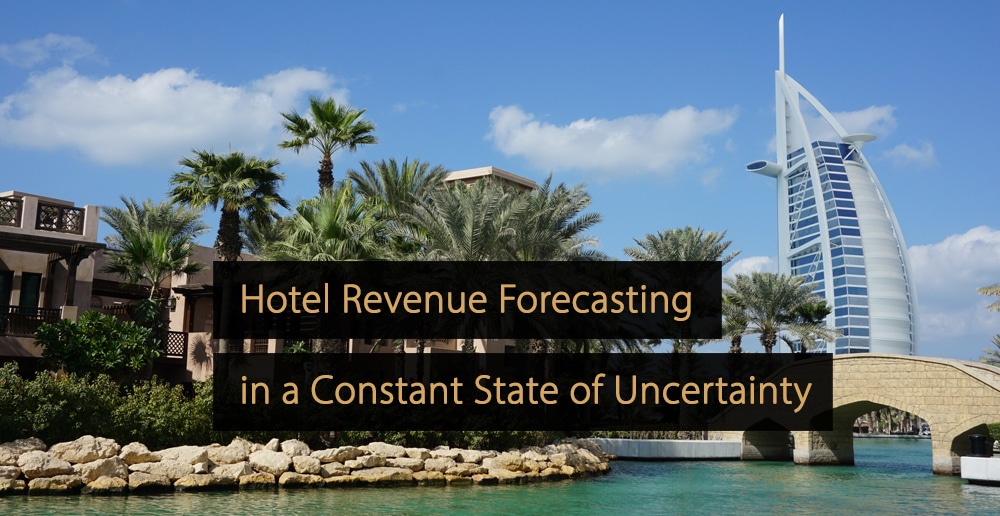
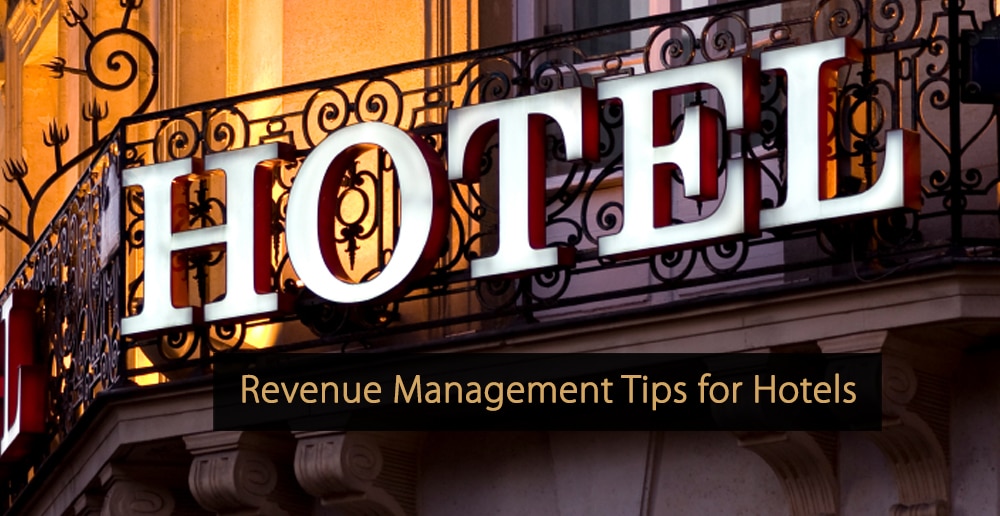
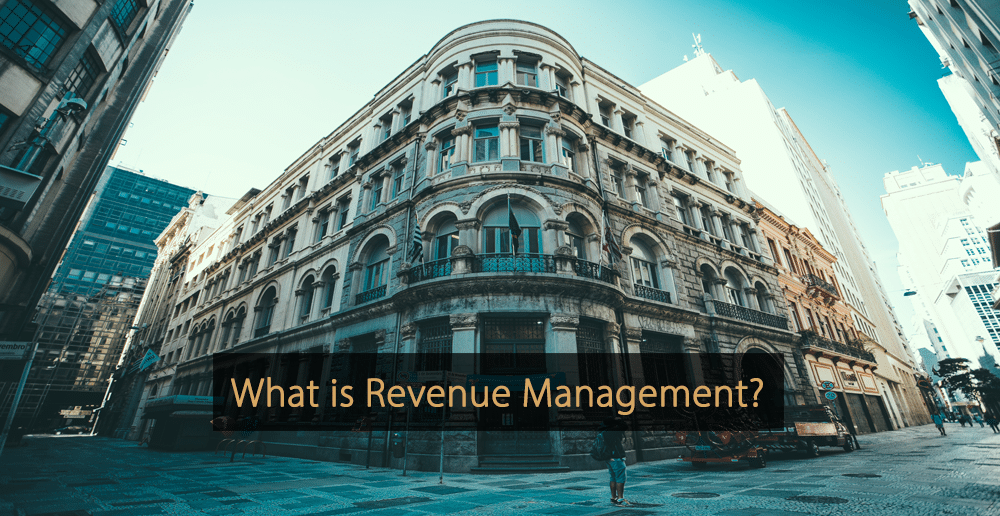
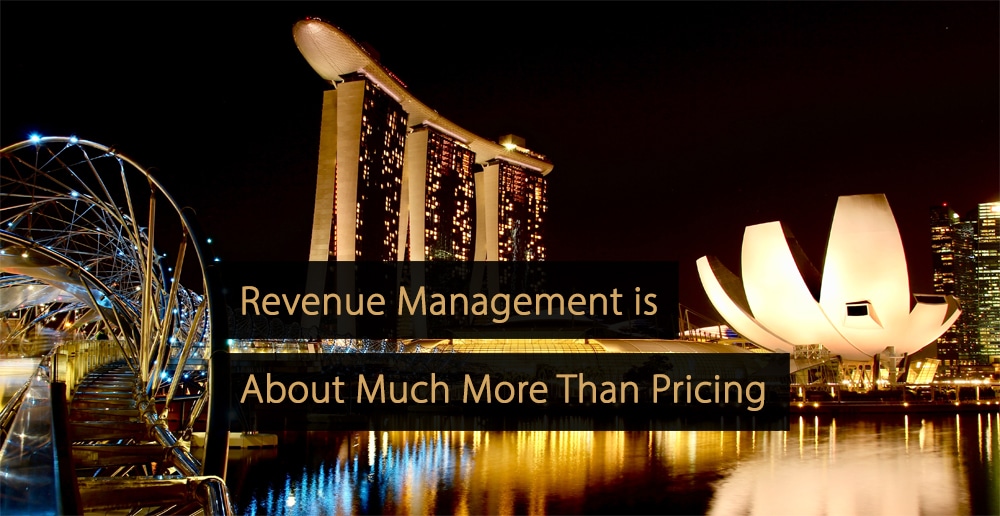
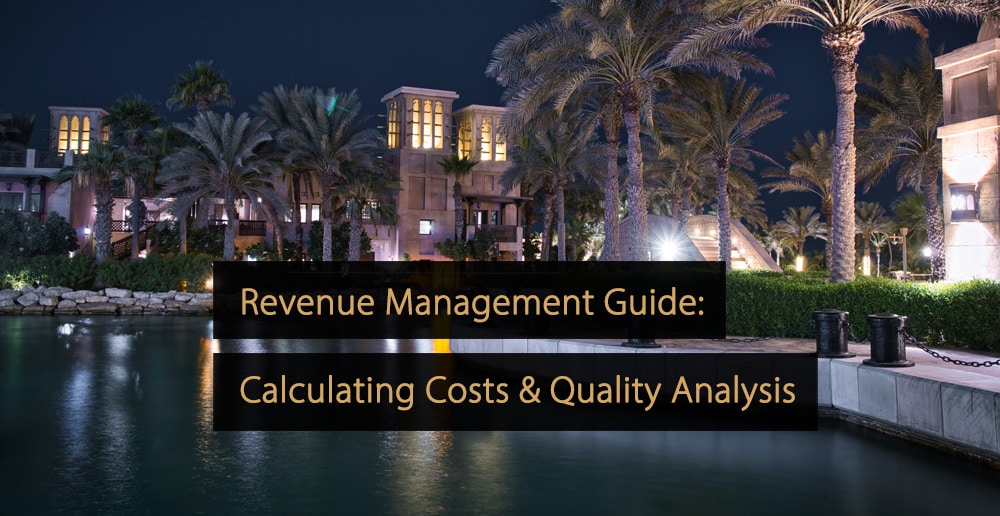

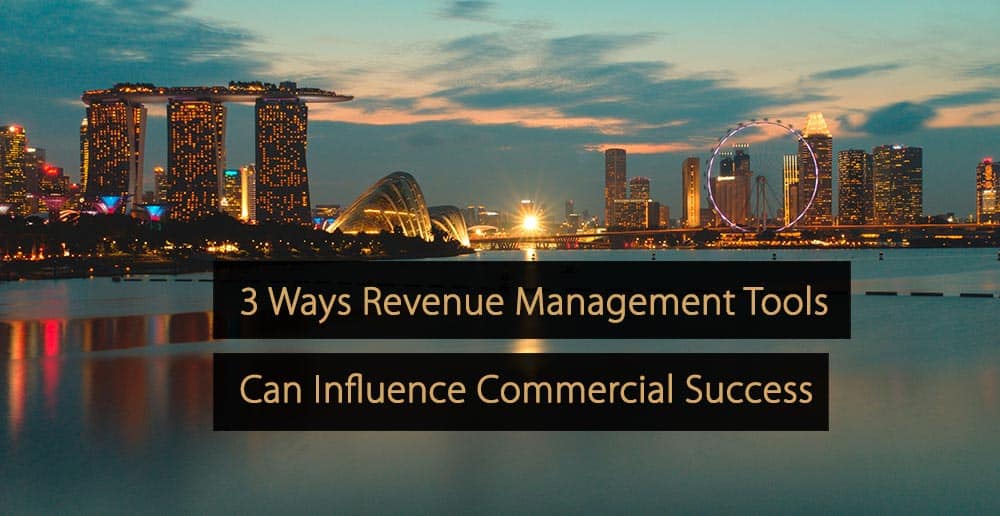
Leave A Comment